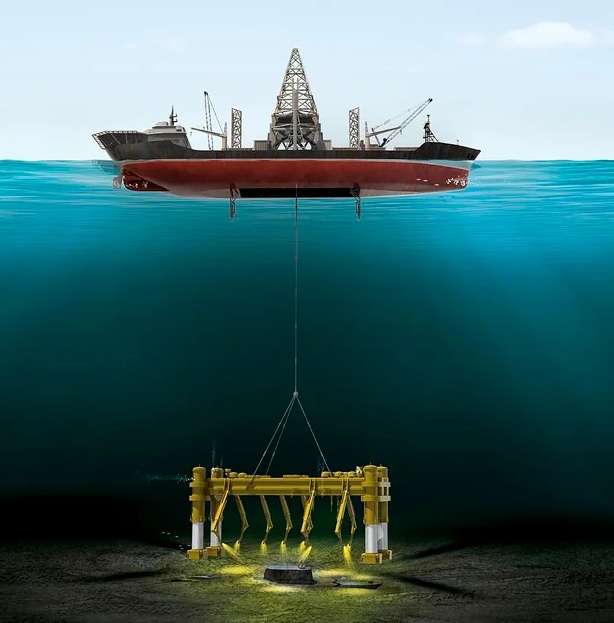
BC Cook

LAST week we discussed the strange circumstances surrounding the sinking of the Russian submarine K-129 in the northern Pacific in 1968. Many questions were raised and most will never be answered. For instance, why was the submarine so far off course? What caused it to sink? Why were extra crew members aboard? We are not likely to ever know. This week we discuss the most incredible part of the story: the salvage of the K-129 by the Americans.
Under the codename “Project Azorian” the CIA built a specially designed ship to retrieve the submarine and carry if safely back to an American base where it could be studied. Obviously the Russians did not want the Americans to have it so it was all done under the cover of a mining expedition financed by Howard Hughes.
The recovery ship itself was a modern marvel. Those familiar with Project Azorian say that the Hughes Glomar Explorer, specially-built for this mission, cost U.S. taxpayers around $350 million. Looking like something from a James Bond movie, it was a gargantuan vessel with what appeared to be an oil rig sitting in the middle of the deck. But the really interesting features were beneath the waterline. The hull opened up to lower a massive claw large enough to pick up a submarine and bring it into the ship.
Mystery still surrounds the American recovery mission. How much of the submarine was recovered? The Americans claimed they picked up only a small portion of the wreckage but the Russians believe otherwise. What did the Americans do with the recovered materials? Did they learn anything from it? Did they recover the nuclear missiles or do they still lie on the bottom of the ocean?
What about the Russian sailors? The Americans claimed that the remains of six sailors were recovered and, due to radioactive contamination, were buried at sea with full military honors. A video tape of the ceremony was presented to the Russian government in 1992. The Russians have always believed that the Americans recovered more remains.
Did the American taxpayer get his money’s worth? We will never know. We have never been told what was recovered in terms of materials or information so there is no way to judge if the mission was worth its effort and expense. If, because of the recovery of K-129 a nuclear war was averted then it was worth it. If the mission did nothing but prove it could be done it is hard to justify the cost.
I doubt we will ever know the full story of the K-129 and its recovery. Researcher Michael White has produced a fine book and fascinating documentary on the subject, both entitled “Azorian.” But White focuses mainly on the recovery operation itself and does not attempt to answer the big questions, such as where the recovered material is now. In many ways his work echoes the government’s official position: “Yes, we recovered a small portion of the sub. No, we won’t talk about it.”
BC Cook, PhD lived on Saipan and has taught history for over thirty years. He is a director and historian at Sealark Exploration (sealarkexploration.org).











